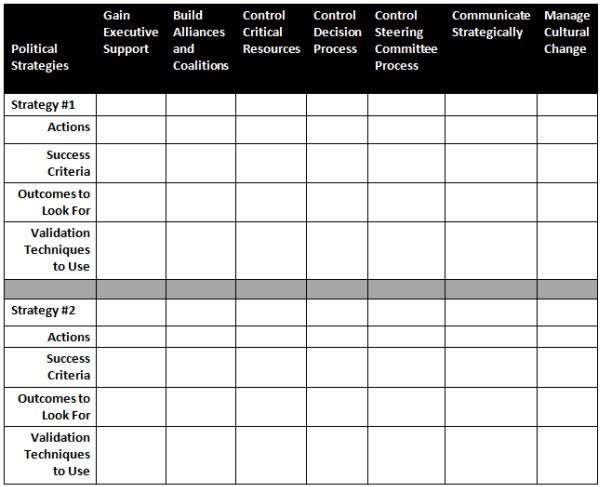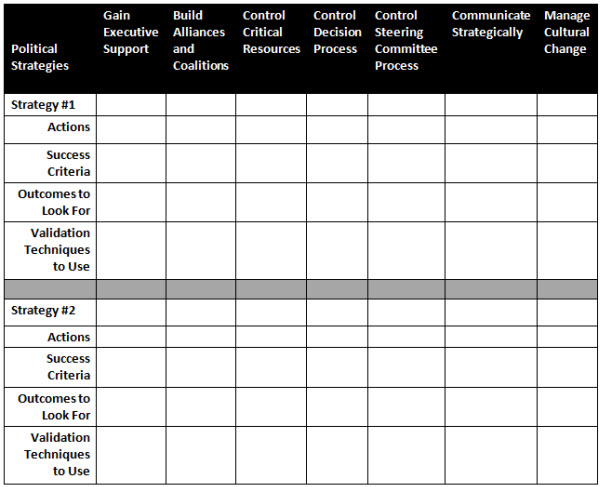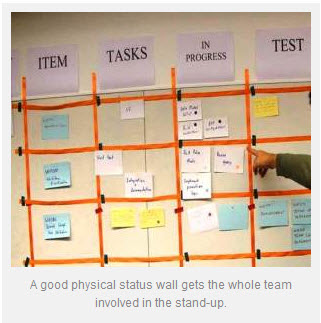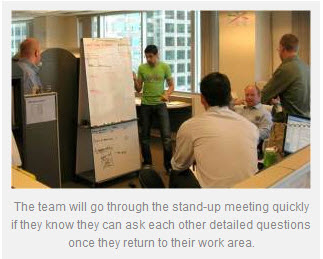When Good is Good Enough
It is not always necessary to achieve the best quality result or employ the best practice approach when implementing a project. Blasphemy you say?! Or perhaps this sounds very obvious?
As a Consultant Business Analyst, I want to deliver the highest possible standard of work. This is for myself, to protect my reputation in a very small market, my employer, for the same reason, and naturally the Client. So when confronted with the familiar request from a client of ‘we need X by Y’, X being ‘too much’, and Y being, ‘yesterday’, I prepared myself for the familiar conversation where I ‘re-set’ the expectations of the business to give them a good old reality check in order to be able to deliver a high quality result.
After much discussion, and adjusting the project plan, the team came to a point where the original timeline to deliver was cut by 50%, the approach was Iterative (read developing before requirements had been finalised), and we were still meant to be delivering by yesterday…sounds like the Perfect Storm perhaps?
So the end result? We successfully launched a new product to market in an ever competitive market, with minimal major defects (oh yes, there were defects). Let’s be clear, there were issues, namely rework of development due to changing requirements, requirements identified late and defects.
Yet the project was still considered a success by the Client. How did this happen? Here’s what I think:
- Planning – No surprises
We planned, oh how we planned. The business grit their teeth as we took the (valuable and limited) time to lay out all the Risks, and consider the appropriate approach. We looked at the options around descoping or phasing delivery of functionality to achieve the same or similar benefits in the time available.All of those things proved valuable and contributed to the success of the project. However of MOST value was the time taken to identify the comprehensive list of Risks, which became largely Issues. Because we had highlighted them all early on and the Business Sponsor and Owners were aware, there were no ‘gotcha’ moments, and all were mitigated to resolution or to a point where it was not a show stopper.
- The Right Team – Skills and Experience
It sounds so simple – but we have all felt the pain of having team members that don’t have the appropriate level of skill or experience or both. Yes, having the right team can be difficult to achieve, but when it all comes together, magic can happen! Specifically we had a QA Lead, Solution Architect, Technical Lead, and a humble BA that had experience both in the relevant industry, and similar projects. Were things missed? Yes, however there was enough support in the team, and coverage of the key functional areas to get us through. - Number One Priority
To achieve this project within the appropriate timelines, compromises had to be made. The old adage ‘Something’s gotta give’ was so very true. So we asked and the business approved a portfolio review, projects were re-prioritised, and while there were clashes on occasion, we managed to get there. - Business and Project Team Aligned
The Business and Project Team were aligned. My biggest feeling of anxiety was around not being able to provide the appropriate level of detail in the requirements up front in order to avoid ambiguity. However this Risk had been communicated up front, and QA, IT and the Business Owners knew this – and we communicated, we collaborated and the business were responsive when we needed clarity from them. We did 80% fantastically, and the remaining 20%…not so…but 80% got us through.
Conclusion:
So we got there! Result! Did we have defects? Yes. Did we have re-work? Yes, but not enough to be restrictive. Was there luck involved? Absolutely! Would I employ this approach at every engagement? No.
But doing just enough, still delivering to the benefits and to see it be successful was a great reality check. It has allowed me to understand what is possible given the Perfect Storm, and added a different perspective to my perhaps formerly idealistic view of things in the world of Consultancy. I expect the next assignment I go into will provide me with anecdotes that totally contradict all that I have just shared, but hopefully it at least provides fodder for some great blog comments!
Don’t forget to leave your comments below.








 I love electronic project management tools. They let me consolidate information and do reports across a portfolio of projects. But the tools can impede collaboration during the daily stand-up. If one person is projecting the virtual status wall from an electronic tool, and discussing it with the team, the team often becomes an audience and just listens. However, if you have a physical wall with task cards, team members move and update their physical cards during or before the stand-up, which leads to much richer discussion and interaction. You can use an electronic tool in parallel (most of my clients do). It may be a little redundant, but the value a physical wall provides offsets maintaining 2 tools. And it will lead to a better stand-up meeting.
I love electronic project management tools. They let me consolidate information and do reports across a portfolio of projects. But the tools can impede collaboration during the daily stand-up. If one person is projecting the virtual status wall from an electronic tool, and discussing it with the team, the team often becomes an audience and just listens. However, if you have a physical wall with task cards, team members move and update their physical cards during or before the stand-up, which leads to much richer discussion and interaction. You can use an electronic tool in parallel (most of my clients do). It may be a little redundant, but the value a physical wall provides offsets maintaining 2 tools. And it will lead to a better stand-up meeting.
 Most companies I work with have team members in the United States, India, and China. These teams will often tell me they cannot do stand-ups because everyone is in different time zones. I understand this issue but I also understand that we undertake a lot of risk if we do not communicate daily. To get around this issue I have teams do the following:
Most companies I work with have team members in the United States, India, and China. These teams will often tell me they cannot do stand-ups because everyone is in different time zones. I understand this issue but I also understand that we undertake a lot of risk if we do not communicate daily. To get around this issue I have teams do the following: